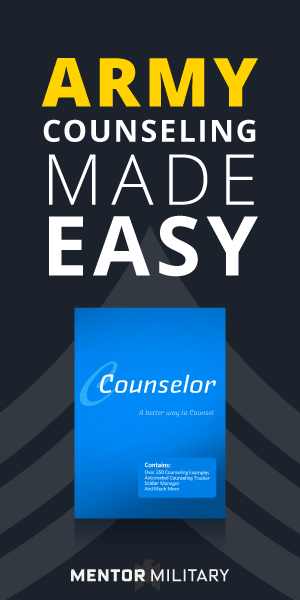This manual is intended for use by all Army crewmembers in meeting requirements set forth in AR 95-1, TC 3-04.11, and other appropriate aircrew training manuals. With the development of more sophisticated aircraft and weapons systems, Army crewmembers must be capable of operating these systems around the clock, in austere environments, and under adverse conditions. The hazards of stress and fatigue in combat operations and concept of operations will eventually take a toll in aircrew performance and could jeopardize mission accomplishment unless crewmembers are trained to recognize and understand these hazards. Proper training prepares crewmembers and prevents stress and fatigue from reducing mission effectiveness, thereby increasing their chances of survival. It provides crewmembers with an understanding of the physiological responses that can occur in the aviation environment. It also describes the effects of the flight environment on individual mission accomplishment.
NOTES: TC 3-04.11 Supersedes TC 1-210 : TC 1-210 Supersedes DA FORM 4889-7-R : TC 1-210 Supersedes DA FORM 5051-R














Comments
Evan Burrow
What are the altitudes associated with the four types of hypoxia?
Mark Gerecht
Here is the information we were able to obtain:
Asymptomatic or Indifferent These changes can occur at relatively modest altitudes (as low as 4,000 feet)
Compensatory In healthy people, this stage may occur at altitudes between 10,000 and 15,000 feet.
Deterioration or Disturbance In this state, people are unable to compensate for the lack of oxygen. Unfortunately, not everyone recognizes or experiences the signs and symptoms associated with this stage. If they do not, they cannot take steps to correct the problem.
Arterial oxygen saturations during this phase typically are between 70 and 80 percent.
Critical This is the terminal stage leading up to death. People are almost completely incapacitated physically and mentally. People in this
stage will lose consciousness, have convulsions, stop breathing and finally die. Arterial oxygen saturations are less than 70 percent.
For more detailed information we recommend you visit: http://dhss.alaska.gov/dph/Emergency/Documents/ems/assets/AirMedCourse/EMS-F_Chapter4.pdf